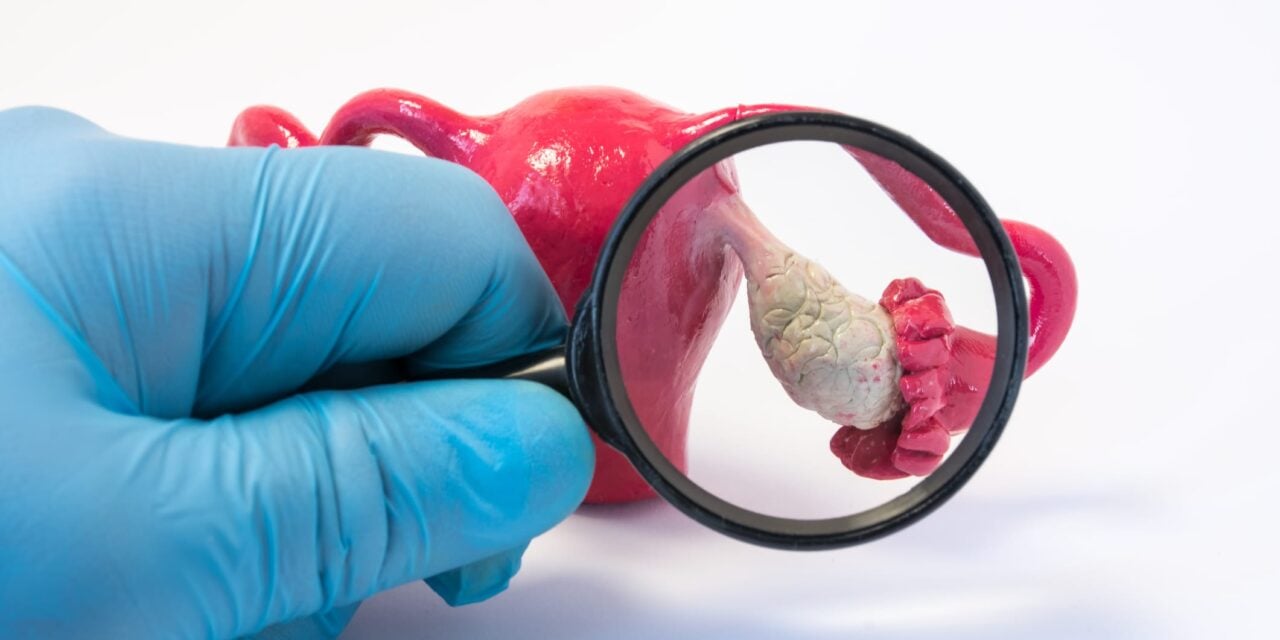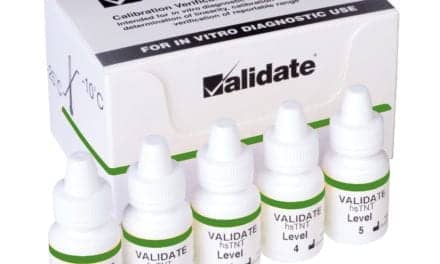Ovatools combines CA125 blood test results with patient age to provide personalized risk scores for women with symptoms.
Researchers from Queen Mary University of London have developed and validated a new clinical tool that could help primary care physicians detect ovarian cancer earlier by combining standard blood test results with patient age data.
The tool, called Ovatools, uses results from the Cancer Antigen 125 (CA125) blood test along with a woman’s age to generate a personalized risk score for ovarian cancer. Two studies funded by Cancer Research UK and the National Institute for Health and Care Research (NIHR) analyzed data from more than 340,000 women across England and found the approach to be accurate, particularly for women over 50.
The research, published in British Journal of Cancer, demonstrated that Ovatools could improve ovarian cancer detection in women aged over 50 and help identify those at higher risk for urgent referral and specialist assessment. A second study found that adopting the tool for women over 50 would be cost-effective for the National Health Service, detecting more cancers earlier while remaining within affordability thresholds used by the National Institute for Health and Care Excellence.
Addressing Current Diagnostic Limitations
Ovarian cancer is the sixth most common cause of cancer death in women in the UK, with most cases not detected until the disease is advanced and difficult to treat. Currently, women presenting with symptoms such as bloating or abdominal pain receive a CA125 blood test from their primary care physician, with referral for ultrasound only if results exceed a fixed threshold.
However, ovarian cancer risk varies with both age and blood test levels. Ovatools accounts for both factors to identify high-risk women more reliably than current methods.
“CA125 is already widely used by GPs as a test in women with symptoms of possible ovarian cancer, such as persistent bloating or abdominal pain,” says Dr Garth Funston, clinical senior lecturer at Queen Mary and an author of the study, in a release. “By combining a woman’s CA125 level and the age, Ovatools gives us a better indication of a woman’s risk of having ovarian cancer. As a GP I think these findings could be really helpful in selecting which women need urgent investigation and referral.”
Clinical Impact and Implementation
The tool addresses a significant clinical need, as ovarian cancer affects approximately 7,500 women annually in the UK. Most patients are diagnosed at late stages when survival rates are poor. Five-year survival exceeds 90% for women diagnosed at stage 1 but drops to around 16% at stage IV.
“This tool brings real power into the hands of GPs, giving them the ability to detect patients who are at a higher risk of ovarian cancer, and getting them the specialist help they need sooner,” says professor Danny McAuley, scientific director for NIHR Programmes, in a release. “This is an important step forward in our quest to drive better outcomes for patients.”
Dr Sarah Cook, senior strategic evidence manager at Cancer Research UK, emphasized the value of risk stratification tools for primary care physicians. “Identifying when to refer patients with possible ovarian cancer for further assessment can be challenging,” says Cook in a release. “Risk stratification tools like Ovatools offer valuable support to GPs, helping guide clinical decisions and ultimately improving patient outcomes.”
Cook noted that while further research is needed to understand real-world implementation impacts, the emerging evidence is compelling and suggests the NHS should prepare to adopt such innovations.
The researchers indicate that symptoms warranting evaluation include abdominal pain, persistent bloating, loss of appetite, and changes to bladder or bowel habits, though these symptoms can be caused by conditions other than cancer.
ID 105906525 © Ivan Shidlovski | Dreamstime.com





